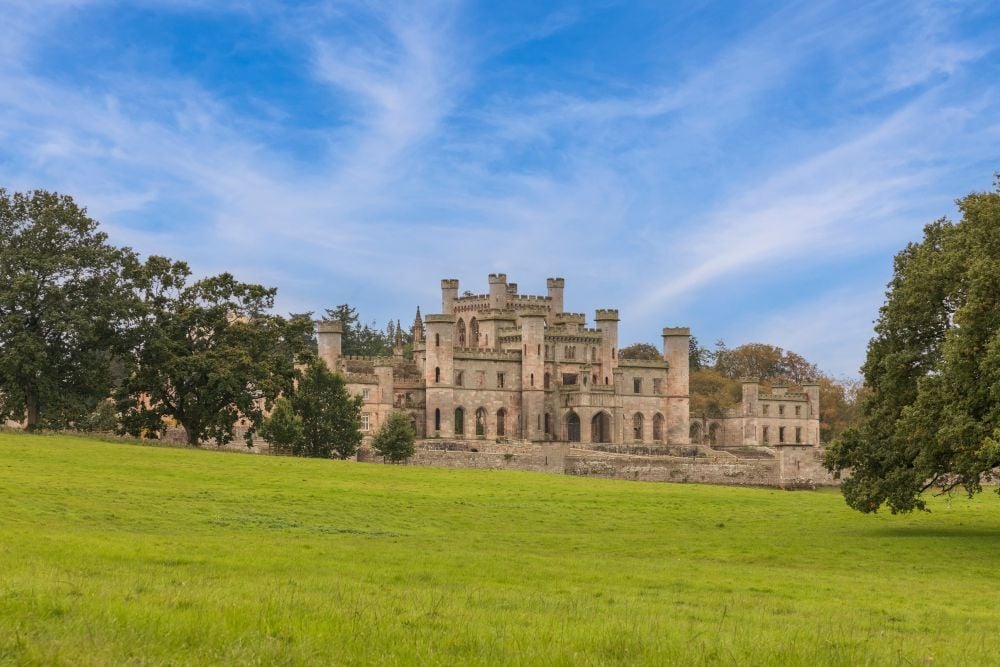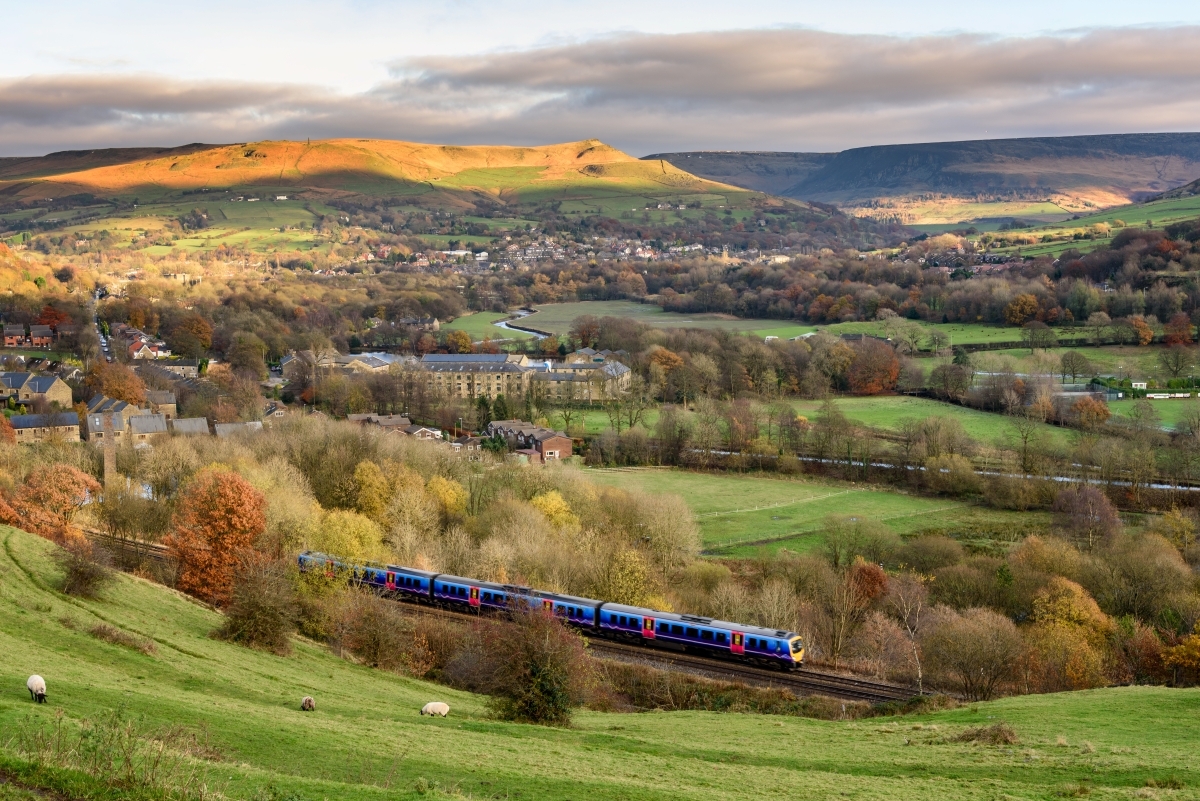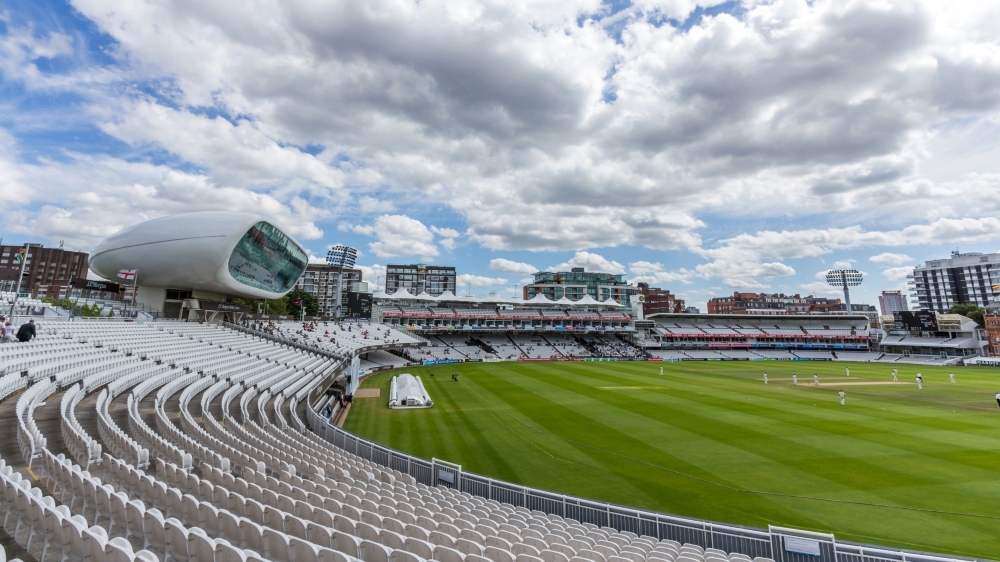Castles of Cumbria
The United Kingdom is steeped in history, and nothing represents this history more than its storied castles. From Dunrobin Castle in the north of Scotland to Dover Castle on the southernmost tip of England and the keeps erected in the infancy of the Norman conquest or the romantic follies of the Victorians, all of the UK's castles offer a layered insight into over a millennium of the nation’s history. Powerful and poetic, no region in the country displays this timeline as comprehensively as the county of Cumbria.
Carlisle Castle
Standing steadfast on England's North Westerly edge, not far from the Irish Sea, Carlisle is one of the UK's most enduring fortresses. First built as a motte and bailey in 1092 and later upgraded to include a stone keep by Henry I, Carlisle’s location has dictated that it upkept its integral role in England’s border defences against the Scots. The castle has played its part in some of the most turbulent chapters in the Anglo-Scottish conflict, famously including its occupation by Bonnie Prince Charlie in 1745 as part of the Jacobite rebellion.
In the present day however, Carlisle Castle has a more relaxed existence. It is managed by English Heritage and is home to Cumbria’s Museum of Military Life, meaning even a thousand years after ground was broken, the castle is still being used in a military capacity. As a museum, it has a lot to offer those who revel in a day out to explore and learn. Its excellent condition promises that it also satisfies anyone wanting to witness a true example of what a centuries-old military fortress should look like today. Whether you are seeking an itinerary-heavy full learning experience or simply want to capture some unforgettable photography (the castle is lit up at night), Carlisle Castle has it all.
Sizergh Castle
Located near Kendal and in the midst of rolling parkland, Sizergh Castle demonstrates that the range of castles in the region is far from uniform. Despite possessing a stone keep, a military fortress it is not. Sizergh is a captivating, fortified manor set in a sprawling estate, still under the ownership of the Strickland family, who have been custodians for more than 750 years. The interiors include Elizabethan era craft oak panelling, amazing oil paintings and family heirlooms aplenty. Outside, the wildflower-scattered gardens create a compelling contrast to the limestone and sandstone keep at the castle’s core. The gardens are some of the most striking in the country, with wall plants, roses, a wild flower meadow, a Dutch Garden and a large limestone rock garden. The pond and lush orchard give a quaint variation on the standard manor sounds found elsewhere. Coupled with the portrait gallery within the house, Sizergh Castle is a grand day out for those who like exploring sites with some more tasteful elements. The estate is managed by the National Trust, who have made sure to make it a welcoming day out, complete with mobility scooter hire, children’s play area and cafe, ensuring heritage is not just preserved but enjoyed by everyone.
Lowther Castle
Stripped of its roof in 1957, Lowther Castle is a true juxtaposition, a magnificent, decayed ruin that once stood tall, was later abandoned and then underwent a careful resurrection in the 21st century. What followed is something to behold, a perfect example of how to modernise history without erasing any of its former glory. The gardens have been imaginatively restored, meaning that ruin has gone from a bare, roofless silhouette to a beautifully aged structure adorned with a natural tapestry of flowers and foliage. Children can explore ‘The Lost Castle’, a large wooden adventure playground nestled into the forest, whilst adults may wander the ‘Story of Lowther’ exhibition housed within the shell of the castle itself. Lowther Castle has been forgotten and neglected, then reimagined and given new life and purpose, which makes it one of the most interesting castles in the area.
Brougham Castle
Just east of Penrith on the banks of the River Eamont lies Brougham Castle. Once a relic of power, it stands near the site of a Roman fort, guarding a strategic river crossing, having served as a formidable barrier against Scots invaders. Brougham now feels far from a military post. The castle’s position offers panoramic views over the Eden Valley, and the tranquil setting makes it ideal for thoughtful exploration. The spiral staircases and towers from the past remain, although the archers and soldiers once stationed have long been replaced by nature, including nesting swallows and flowers and vines that now inhabit the cracks within the stones. Brougham may not be the castle for those who prefer the theatrics and crowds, however if you revel in broken beauty and solitude, this one is for you. Pack a picnic, bring your book, and feel the whispers of history.
Wray Castle
Built in 1840, and standing tall on the shores of Lake Windermere, Wray is a castle that never saw a siege or in fact, any military action. It is a mock-Gothic silhouette; however this does not make it any less of a spectacle. Now under the care of the National Trust, Wray Castle is a family-friendly, picturesque destination venue, though it is now closed for refurbishment until 2027Within the building, expect to see interactive playrooms based on Peter Rabbit, influenced by former castle guest, Beatrix Potter. Nearby, there are lakeside walking trails which are equally magnificent whatever the season. With plenty of quiet bays on the way, Wray Castle is ideal for pursuits such as sketching, reading, or even just some gentle reflection.
Penrith Castle
Once an important part of England’s border defence and home to Richard III, Penrith Castle now resides within municipal parkland. Constructed in the 14th century, it played a key role during the Wars of the Roses and serves today as a poignant reminder. Here, history is accessible to all as it is left open and unguarded. Locals can take lunch within the boundaries, and children can leap from the ancient walls, however despite the hubbub, the stone keep still exudes a stoic gravitas. Combined with a stroll through Penrith’s picturesque town centre, this will be a day laid out for strolls and picnics, offering an experience of the historic and the modern.
Piel Castle
Inaccessible by land and reached only by ferry from Roa Island, Piel Castle sits stranded off the Furness Peninsula. Built by monks in the 14th century, this concentric fortress, despite its modest size, once guarded England’s western sea routes. Despite the flocks of seabirds, visitors are treated to solitude and salt-laced air. If you are seeking something different, the nearby pub, The Ship Inn offers the perfect detour. Managed by the “King of Piel,” a ceremonial title bestowed upon its landlord, Piel is a castle that offers both medieval drama and maritime whimsy.
To visit Cumbria’s castles, one does not merely wander through stone corridors but moves through history. Whether it’s the Gothic curiosity of Wray, or the nautical novelty of Piel, each structure offers a distinct insight into how castles in the region were built, restored and how they endure today, giving anyone who chooses to spend their time within, a deeper reverence of the stone walls themselves and the history encased within.



